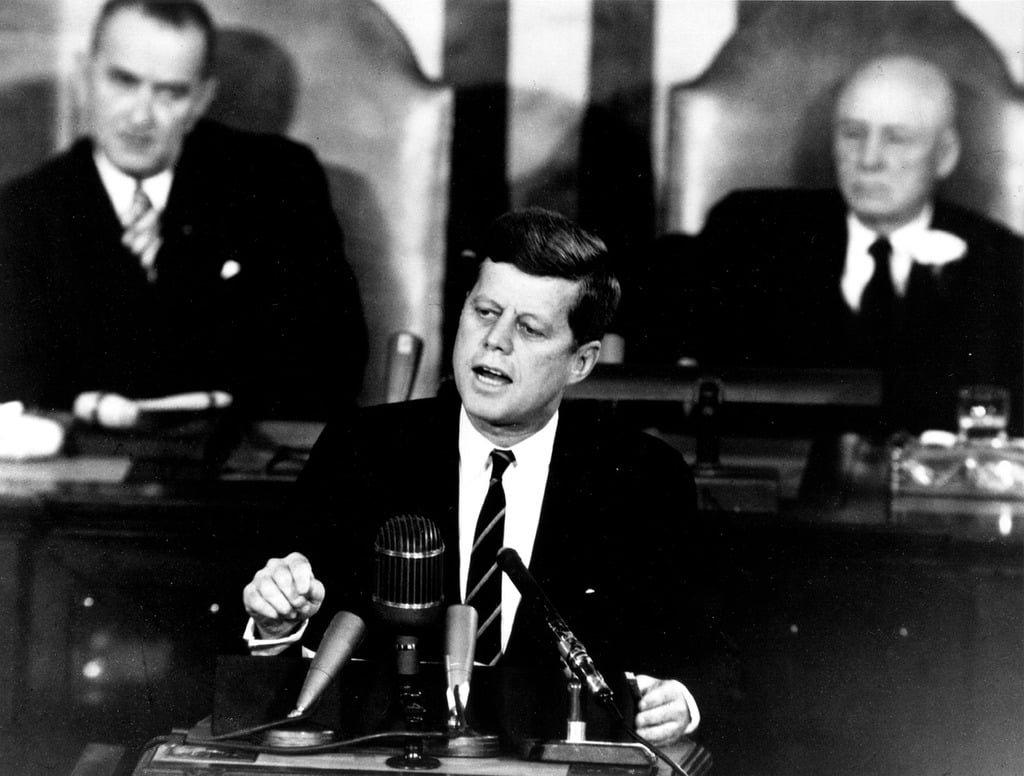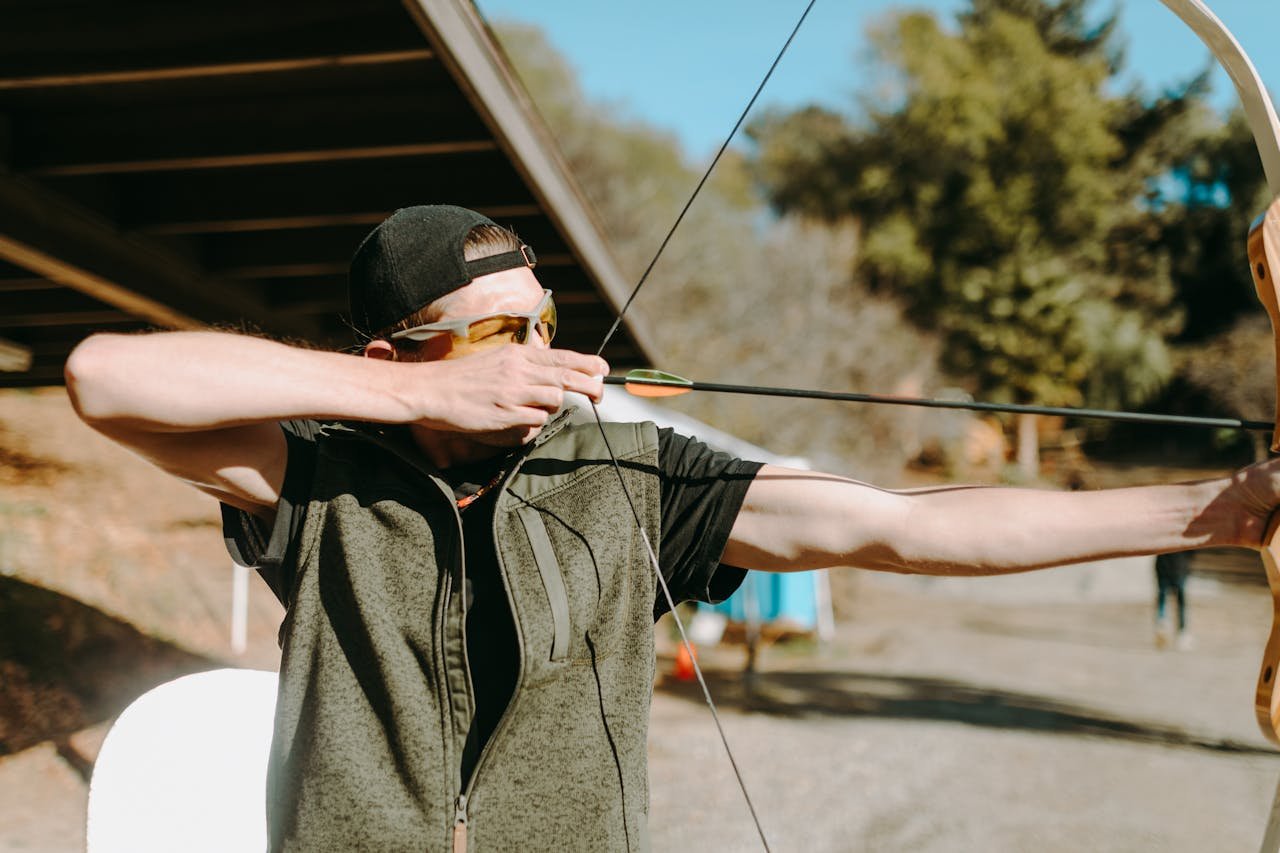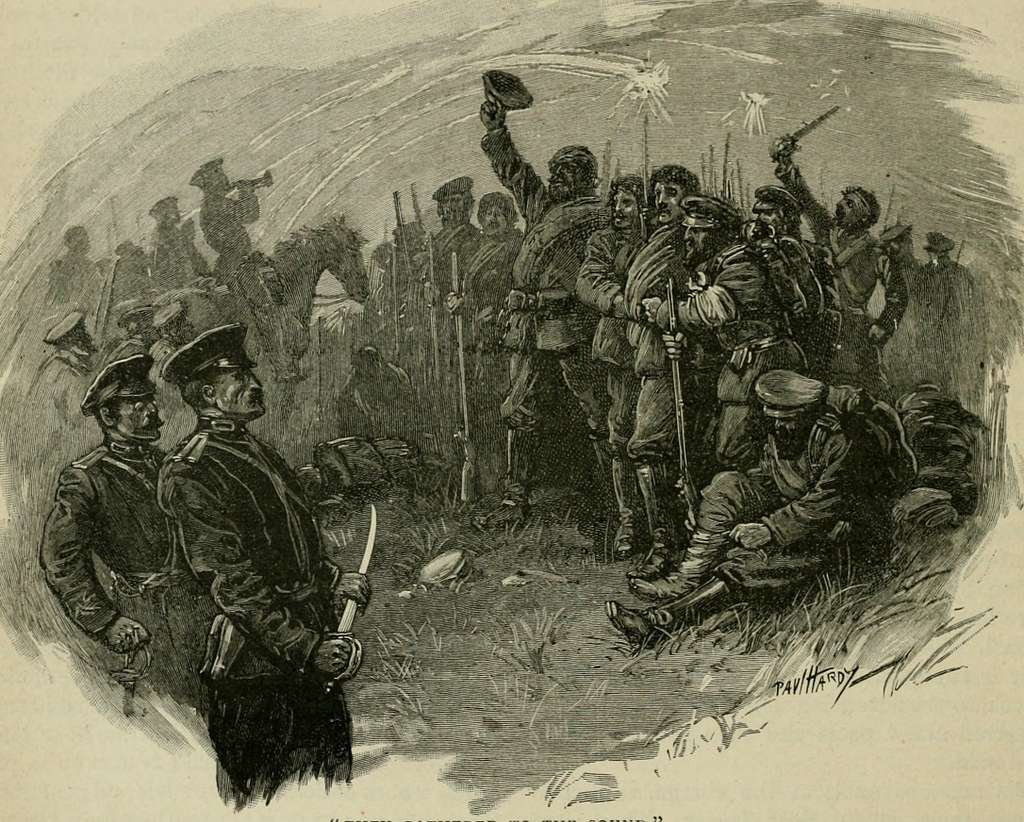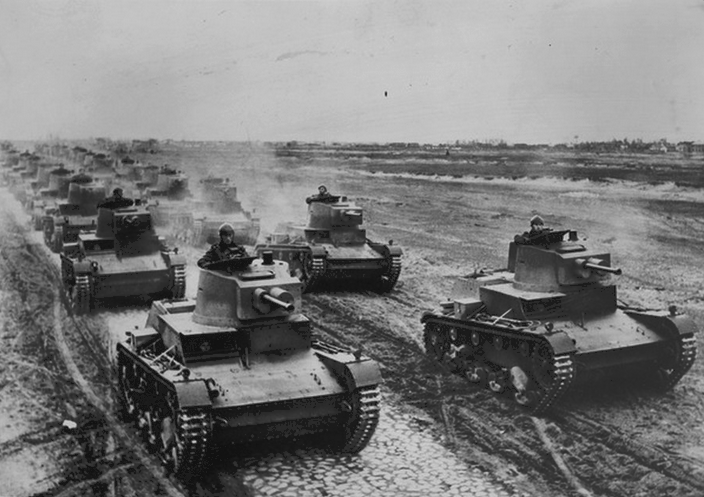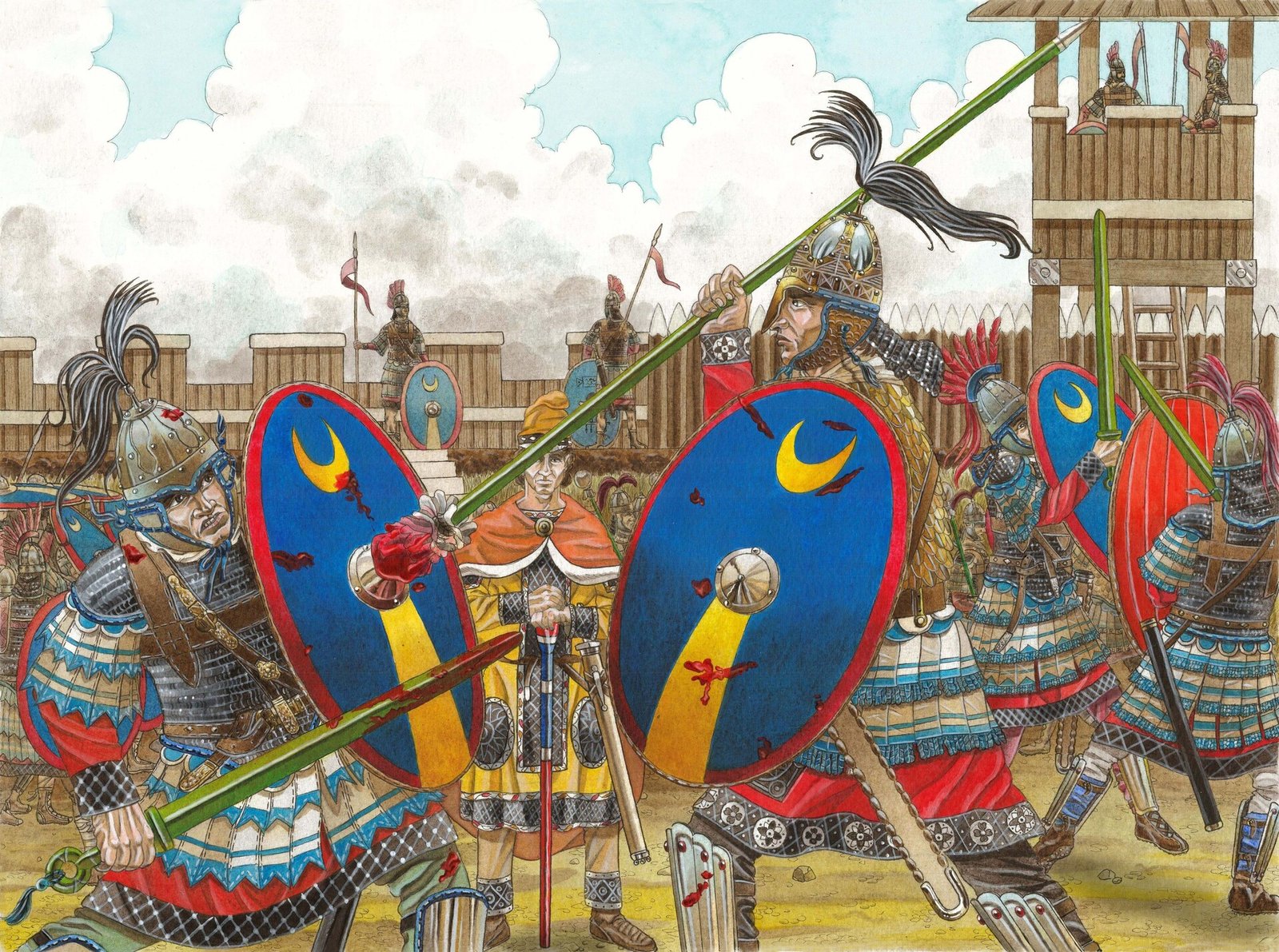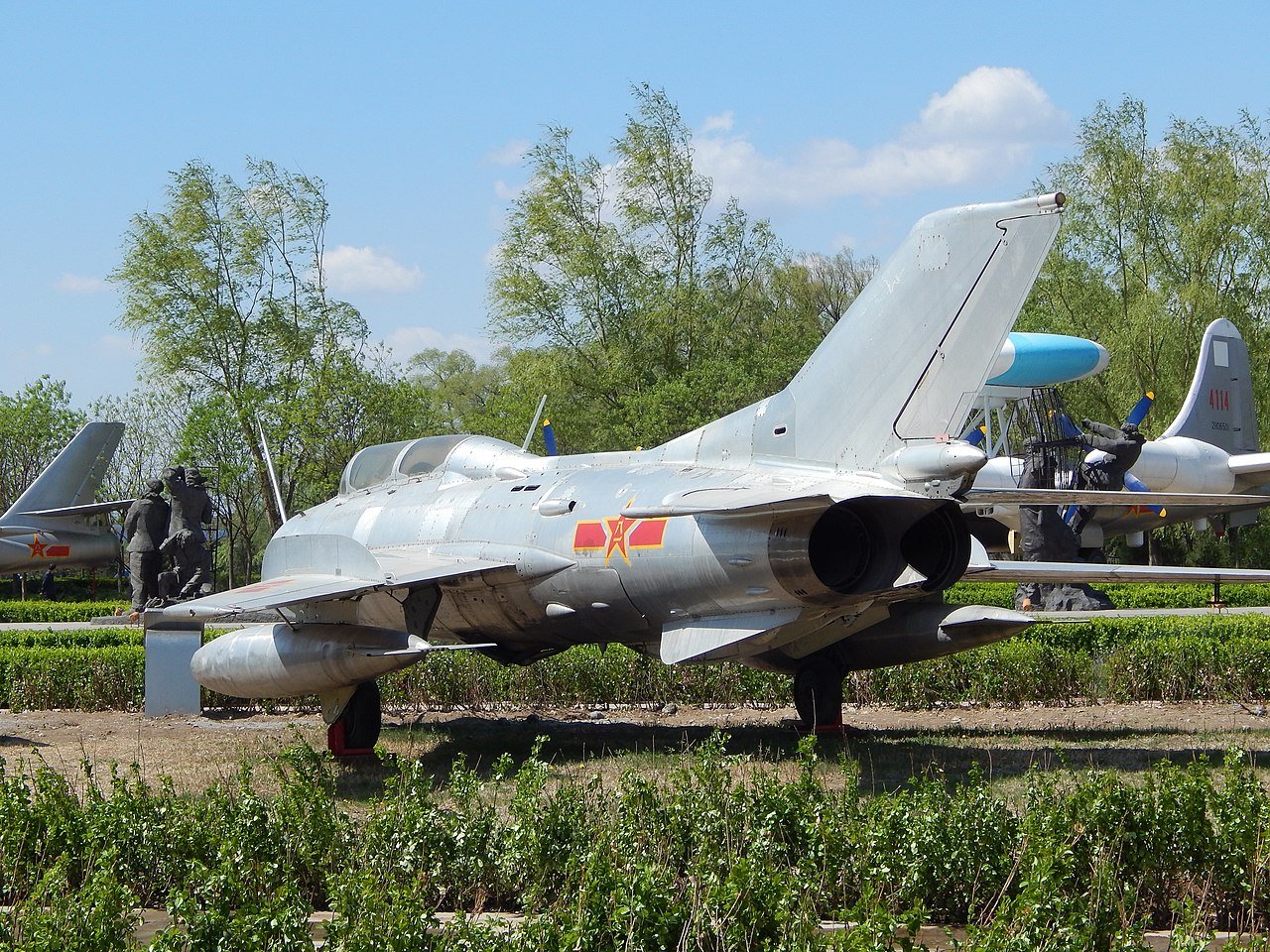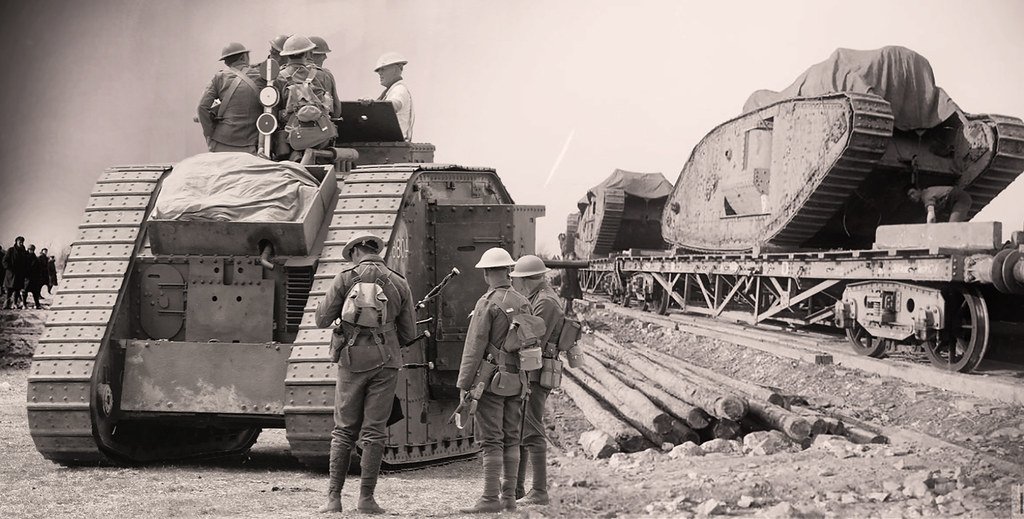In the intricate tapestry of human history, the development of weapons has played a pivotal role in the evolution of civilizations. Bows and arrows, among the earliest tools in the arsenal of ancient warfare, have a rich and fascinating history that unfolds as we seek answers to questions like:
Table of Contents
Questions related to History of Bow and Arrow
What is the history of the bow and arrow?
The bow and arrow have a storied history dating back to the Mesolithic era, approximately 10,000 BCE, where early humans in Africa and Europe pioneered their use. Archaeological findings, including delicate stone points believed to be arrowheads, attest to the ingenuity of these ancient craftsmen. The narrative of bowcraft extends globally, with ancient Asia, particularly China and Mongolia, showcasing a profound mastery of archery that influenced military strategies. North American indigenous peoples, notably the Plains Indians, demonstrated remarkable skill in bow and arrow construction for both hunting and inter-tribal conflicts.

The adoption of the bow and arrow in ancient Egypt for warfare along the Nile and the significant advancements witnessed in Europe during classical and medieval eras, including the iconic longbows, underscore the adaptability of these tools across diverse cultures. Indigenous Australians, despite unique challenges, developed inventive variations, showcasing human resourcefulness. This history exemplifies not only the evolution of weaponry for survival and warfare but also the enduring global legacy of the bow and arrow in shaping civilizations.
Who had bow and arrows first?
The origins of who had bow and arrows first trace back to the Mesolithic era around 10,000 BCE. Evidence suggests that early humans in Africa and Europe were among the pioneers in crafting and utilizing bows and arrows. Archaeological discoveries, including delicate stone points believed to be arrowheads, provide insights into the early ingenuity of our ancestors in adapting tools for hunting and defense.
As we delve into specific regions, ancient Asia emerges as another cradle of archery innovation. Particularly in China and Mongolia, steppe nomads like the Mongols harnessed the power of the bow and arrow for hunting and warfare. The ancient Chinese, with their advancements in craftsmanship, elevated archery to an art form, influencing military strategies and competitions. While pinpointing the absolute first wielders of bow and arrows remains elusive, these early developments in Africa, Europe, and Asia collectively contribute to the fascinating and global history of these iconic weapons.
How long ago were bows and arrows used?
Bows and arrows were employed by early humans over 10,000 years ago, marking their first recorded use during the Mesolithic era around 10,000 BCE and this period witnessed the emergence of sophisticated stone points, believed to be arrowheads, providing archaeological evidence of the bow and arrow’s early adoption. As an essential tool for hunting and defense, the bow and arrow became an integral aspect of ancient societies, reflecting the resourcefulness and adaptability of early human communities.
The utilization of bows and arrows extended globally, with diverse civilizations embracing and refining this technology over the millennia. From the steppe nomads of ancient Asia, including the Mongols, to the indigenous peoples of North America and the iconic longbows of medieval Europe, these weapons have endured as a testament to human ingenuity, shaping the course of warfare and leaving an indelible mark on the timeline of human history.
Now that we’ve addressed these questions let’s delve into the blog.
The Mesolithic Marvels: Early Bowcraft in Africa and Europe
In the Mesolithic era, a pivotal chapter in human history unfolded around 10,000 BCE, marking a revolutionary turn in weaponry with the emergence of bows and arrows. In this transformative period, we have witnessed the ingenious craftsmanship of early humans in Africa and Europe, who, as evidence suggests, were among the trailblazers in conceiving and employing these remarkable tools. Archaeological revelations, notably the unearthing of delicate stone points resembling arrowheads, serve as tangible echoes of the adaptability and resourcefulness of our ancestral communities.

These Mesolithic marvels, the precursors of sophisticated projectile weaponry, showcase not only a mastery of survival techniques but also a profound understanding of the dynamics of hunting and defense. The utilization of bows and arrows in this era signifies a critical leap in human ingenuity, reflecting a pivotal moment when our forebears began to shape and refine tools that would fundamentally alter the course of warfare and civilization.
Ancient Asia: The Mastery of Archery in the East
Journeying into ancient Asia unveils a rich tapestry of archery mastery, notably in regions such as China and Mongolia, where the history of this art predates many other civilizations. The expansive steppes, inhabited by formidable nomadic tribes like the Mongols, witnessed the strategic deployment of the bow and arrow, not only for hunting but also as potent weapons in the theatre of warfare. The nomads’ ability to harness the power of these instruments underscored their adaptability to the vast and challenging landscapes they traversed.
Ancient China, known for its unparalleled advancements in craftsmanship, elevated archery beyond a mere tool of war. Here, archery became an art form that permeated military strategies and influenced competitions that resonate through the annals of history. The intricate designs and superior construction techniques employed by the ancient Chinese in crafting bows and arrows showcased their commitment to excellence. This legacy of archery in ancient Asia not only reflected a sophisticated military tradition but also left an indelible mark on the cultural and strategic landscape, shaping the evolution of this timeless practice.
North American Natives: Bowcraft on the Plains and Beyond
In the vast expanse of North America, indigenous peoples, notably the Native Americans, exhibited remarkable prowess in the art of bow craft. A testament to their resourcefulness and adaptation to diverse environments, the bow and arrow were essential tools in their daily lives. Among these communities, the Plains Indians emerged as iconic practitioners of archery, their mastery extending far beyond mere survival.
Renowned for their skill, the Plains Indians utilized bows and arrows not only for hunting buffalo, a crucial source of sustenance, but also in inter-tribal conflicts. The bow’s agility and precision made it a versatile and indispensable tool on the expansive plains. The profound connection between the Plains Indians and their archery traditions speaks to the cultural significance of these weapons, reflecting a harmonious integration of technology, nature, and survival strategies in the rich tapestry of Native American history.
Ancient Egyptians: Archery Along the Nile

In delving into the rich history of archery along the Nile, ancient Egypt emerges as a fascinating chapter in the evolution of bow and arrow technology. Initially relying on other projectile weapons, the Egyptians transitioned to embrace the bow and arrow, marking a significant advancement in their military capabilities. The intricate artistry of the time, manifested in wall paintings and reliefs, captures the essence of archery in Egyptian society, portraying skilled archers in various scenes. These depictions not only showcase the aesthetic value but also underscore the practical importance of archers in military campaigns, emphasizing their strategic role on the battlefield.
The adoption and adaptation of the bow and arrow in ancient Egypt reflect not only a technological shift but also a cultural evolution. As these iconic weapons became integral to both hunting and warfare, they left an indelible mark on the military strategies and daily life of ancient Egyptians, contributing to the multifaceted tapestry of their civilization along the banks of the Nile.
European Advancements: Bows in the Classical and Medieval Eras
During the classical and medieval periods, archery underwent significant advancements that left an enduring mark on European warfare. The Greeks and Romans, renowned for their military prowess, recognized the strategic value of ranged weaponry and seamlessly integrated archers into their military formations. This adoption of archers added a new dimension to battlefield tactics, enhancing the flexibility and effectiveness of their forces.
As we traverse the medieval landscape, the evolution of archery reached new heights with the emergence of iconic longbows and crossbows. The longbow, with its remarkable range and power, became a symbol of English military strength during the Hundred Years’ War. Crossbows, characterized by their mechanical innovation, allowed for greater accuracy and ease of use. These advancements revolutionized the nature of European warfare, shaping the dynamics of battles and influencing military strategies for centuries to come. The integration of bows in classical and medieval Europe marked a pivotal chapter in the continual evolution of weaponry and military tactics.
Indigenous Australians: Archery Down Under

Indigenous Australians, recognized for their unique cultural heritage, made significant contributions to the history of archery despite the challenges posed by the absence of large game in their environment. The Aboriginal Australians exhibited remarkable ingenuity in developing distinctive variations of the bow and arrow, demonstrating a profound understanding of their surroundings and a keen sense of resourcefulness. While traditional archery in some parts of the world primarily evolved to address the need for large game hunting, the Indigenous Australians adapted these tools to suit their specific environmental context, showcasing a harmonious relationship between culture and practicality.
These unique adaptations not only highlight the inventive spirit of the Aboriginal Australians but also underscore the importance of cultural context in the evolution of weapons. The bows and arrows crafted by these indigenous communities served as essential tools for hunting more minor games. They contributed to their overall survival strategies, providing a fascinating glimpse into the diverse ways in which different cultures innovatively addressed their specific needs in the realm of archery.
From the early bowcraft of Mesolithic hunters to the refined archery traditions of ancient Asia, the plains of North America, the banks of the Nile, medieval Europe, and the diverse landscapes of Australia, the bow and arrow became a global legacy. This exploration not only sheds light on technological advancements but also underscores the universal human ingenuity in adapting tools for survival and shaping the course of history. The bow and arrow, once instruments of ancient warfare, continue to resonate as symbols of skill, precision, and the enduring legacy of our shared human heritage.




